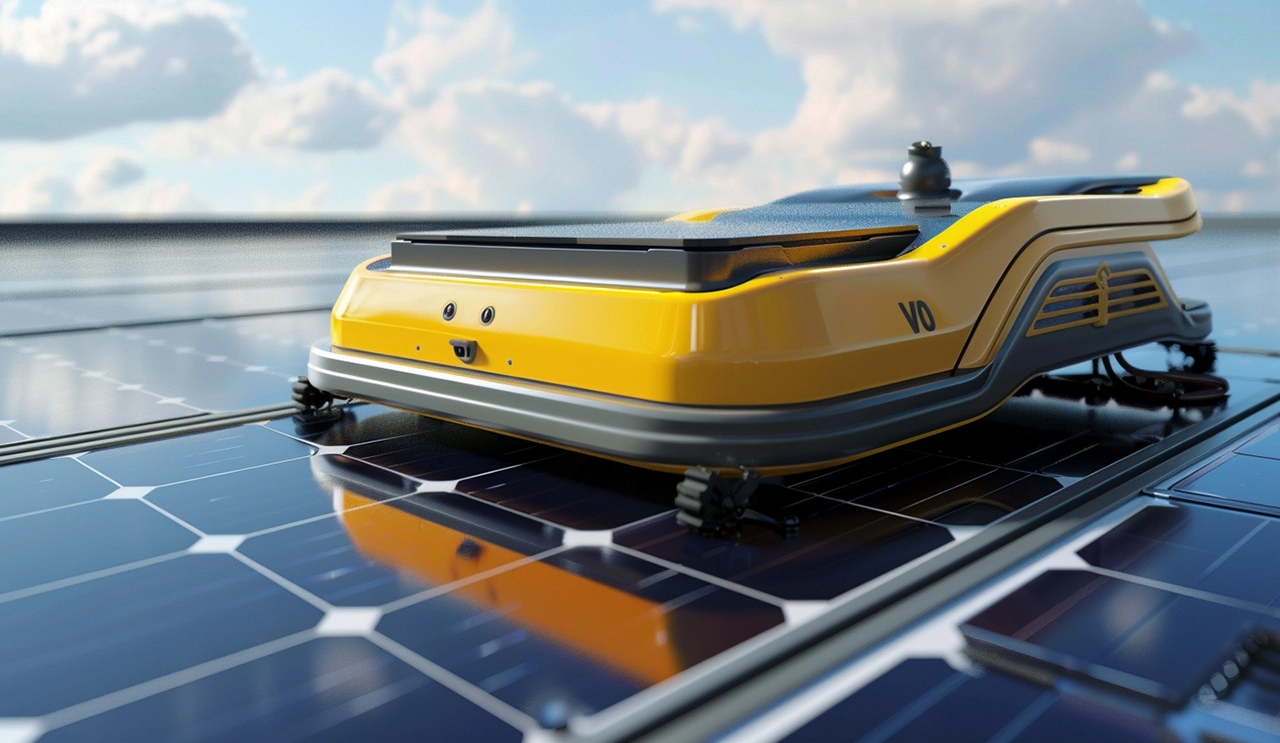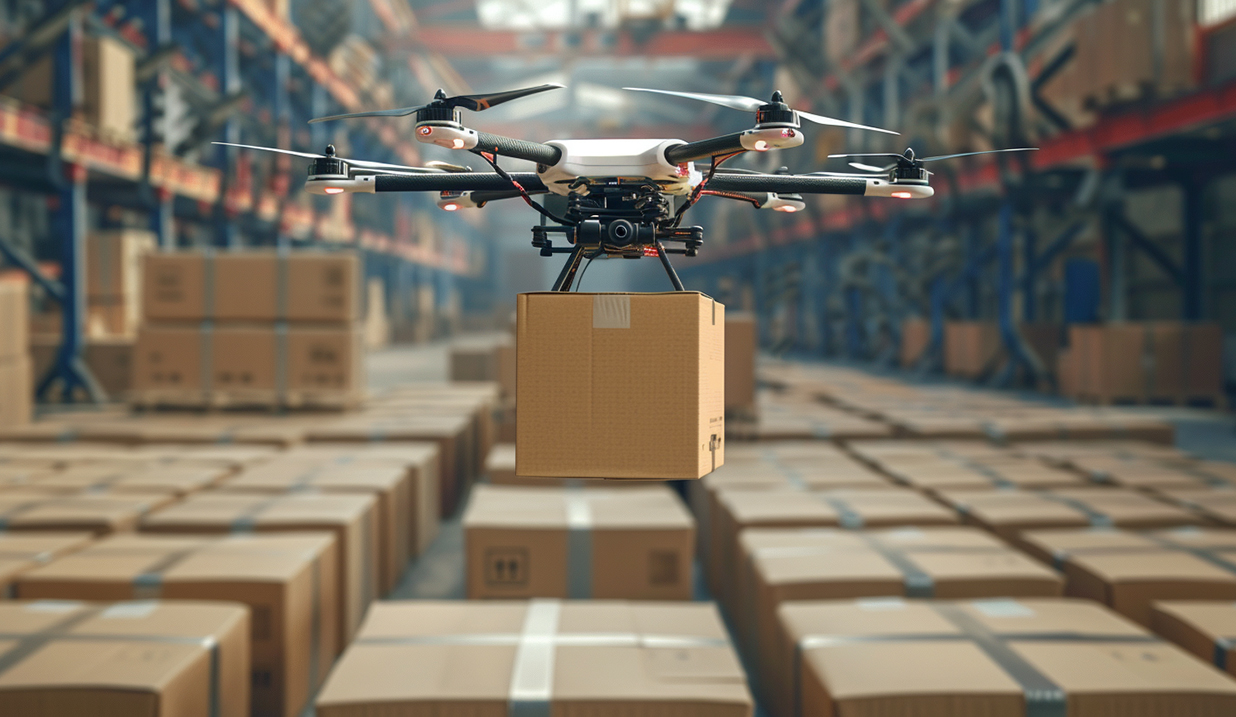
WIRELESS CHARGING IN THE NEWS
As technology advances, smart garden robots are becoming increasingly popular with consumers. These robots can automatically perform tasks such as lawn mowing, watering, fertilizing, and leaf collection, significantly saving time and labor. However, providing efficient and reliable power supply to these robots remains an urgent issue to address. Wireless charging technology, as a convenient solution, is being increasingly applied to smart garden robots, but the challenges and difficulties in its implementation cannot be overlooked.
In the work environment of smart garden robots, the efficiency of wireless energy transfer is a major technical hurdle. The complex and variable garden environment, which may include dense vegetation, uneven terrain, and various obstacles, can affect the stability and efficiency of wireless charging. Wireless charging technology typically relies on electromagnetic induction or magnetic resonance, requiring relatively precise distance and angle between the charging equipment and the robot. To improve charging efficiency, the charging device needs to have high tolerance capabilities to accommodate the robot's charging needs from different positions and angles.
Moreover, the layout and design of charging stations also present numerous challenges. Smart garden robots need to move freely throughout the garden, so the placement of charging stations must be carefully planned to ensure that robots can smoothly return to charge after completing tasks. In larger gardens, multiple charging stations need to work together to cover a wider area. These stations must consider terrain factors and integrate with the fixed structures and vegetation distribution in the garden to optimize performance.
The reasonable scheduling of downtime is another factor affecting the effectiveness of wireless charging implementation. The cyclic nature of smart garden robots’ work makes charging efficiency during short downtime periods critical. Within limited working hours, the charging system needs to quickly restore the robot's energy to ensure continuous operational capability. This requires the charging system to have a high-power fast-charging function while avoiding potential safety hazards such as overheating that may arise from rapid charging.
Safety cannot be overlooked in the wireless charging of smart garden robots. The garden environment may experience drastic changes in temperature and humidity, such as exposure to intense sunlight or heavy rain, posing significant safety requirements for charging equipment. Wireless charging devices must have good weather resistance and durability, and they need to be designed with waterproof and dustproof measures. Additionally, given that people and pets may come into contact with these devices, the charging systems must provide excellent electromagnetic shielding to ensure electromagnetic radiation remains within safe limits.
Cost-effectiveness and maintainability are also central concerns for users of smart garden robots. Consumers expect wireless charging devices to demonstrate good value for money while meeting functional needs. Therefore, reducing production and maintenance costs becomes a key focus of technical development. Through innovations in materials and optimization of manufacturing processes, costs can be effectively lowered. Simplifying maintenance procedures and enhancing the equipment's self-diagnosis and troubleshooting capabilities will also help improve user experience.
While overcoming these technical and economic challenges, the prospect of applying wireless charging technology to smart garden robots remains promising. As technology continues to improve, future wireless charging systems will further enhance energy transfer efficiency and environmental adaptability to meet usage requirements in various garden conditions. Meanwhile, with the consumer market's continuous expansion, more resources will be invested in research and development to further advance this technology's maturity, ensuring that smart garden robots can provide more intelligent and efficient services, ultimately achieving a perfect integration of technology and daily life.







